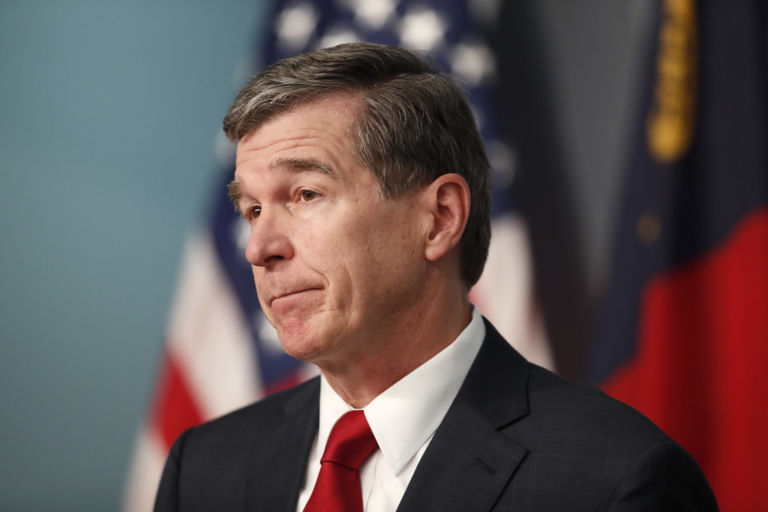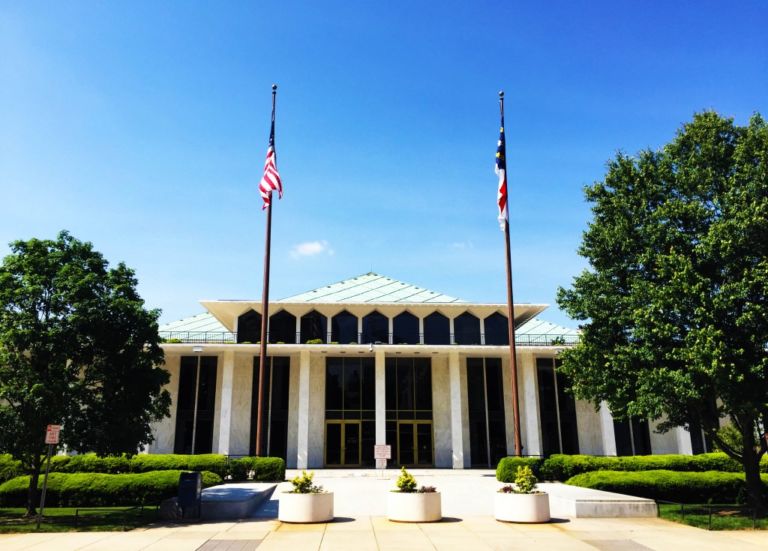The pitfalls and potholes of highway funding are inescapable at any level of government. While congress is pressed to figure out federal highway funding by May 31st North Carolina is working on the long run. Both levels find themselves first debating changes to revenue sources; the Motor Fuel [Gas] Tax, Highway Use Tax, and DMV Fees. But arguing about revenue is useless without considering how that money is going to be spent. It is akin to arguing about how much you spend at the grocery store without questioning what kinds of food you actually buy.
Last year the North Carolina legislature created the State Strategic Transportation Investment Program (STIP) to begin studying how infrastructure and fund allocations could be improved. Plans will not be fully enforce until 2019 but the final strategic project plan must be approved by July 1st. What it intends to do is more efficiently use current funding resources by prioritizing projects and changing how revenues are distributed. STIP establishes a 100-point scale for every project to weight the relative benefits of a project including cost, congestion, safety, freight, multimodal, pavement condition, lane width, shoulder width, and connectivity to employment centers. Projects are then funded in order of their priority and according to fund divisions in order to initiate the highest number of projects for the funds available.
Additionally, the Highway Trust Fund’s distribution gets new priority with 50% based on the population of a region, 25% by number of miles left to completion, and 25% equally divided among the regions to ensure that all 100 counties see some improvement. While larger counties will still see the most need for funds projects in smaller counties that are almost complete will see a boost and more equitable funding looking forward. Unfortunately without knowing for certain how much federal money the state will receive it is impossible to know how much money will really be available since federal funds still account for about a quarter of overall funding.
STIP is a hopeful sign that this budget season will see more pragmatic allocations from the legislature. We will see if that hope is naïve as debate on the Governor’s Proposed Budget is set to start next week.
See the original Strategic Transportation Investments bill here which goes into full force July 1st, 2019.


